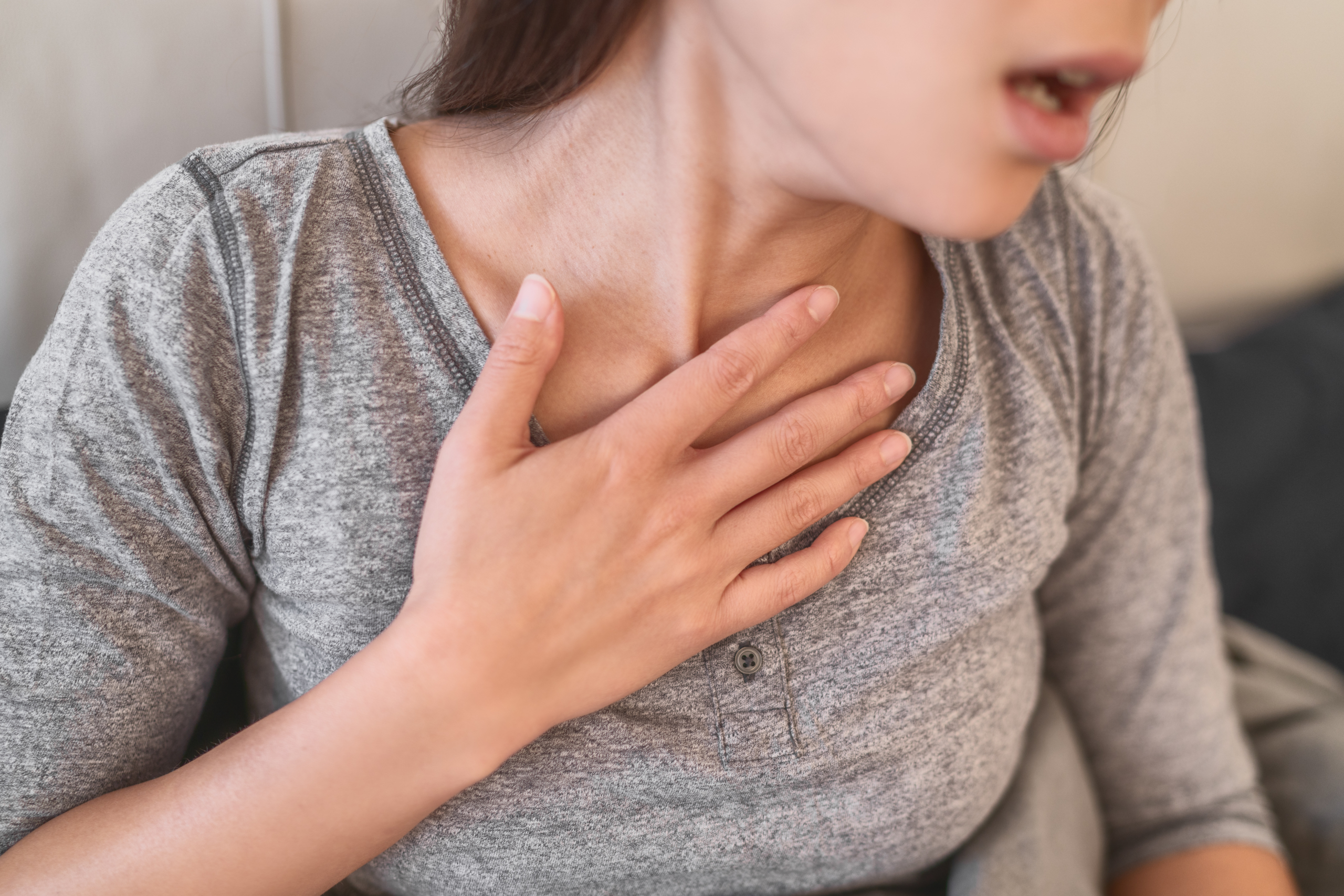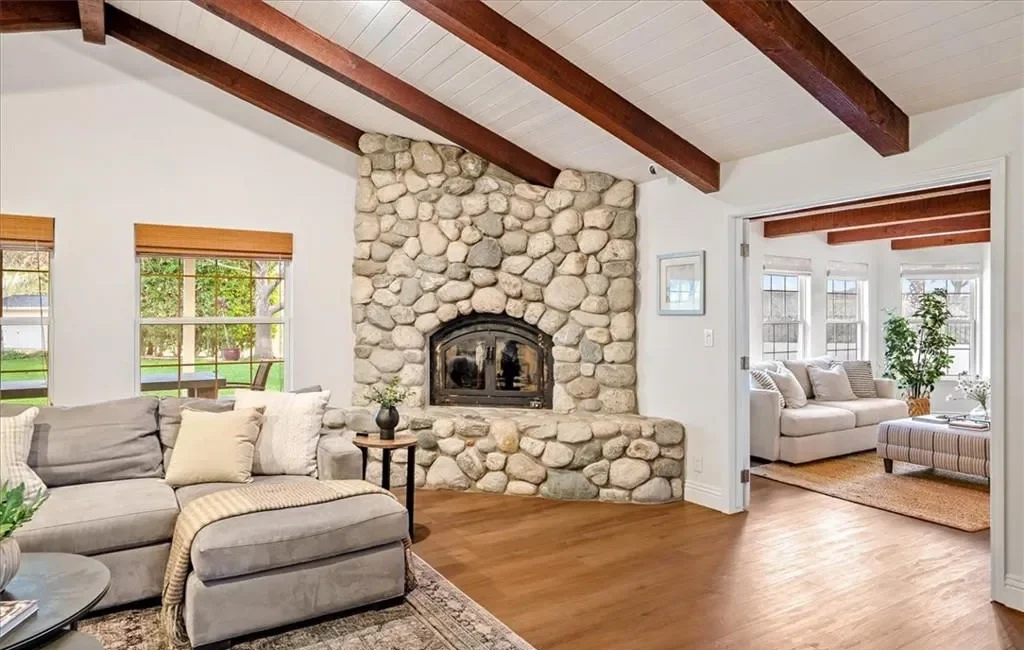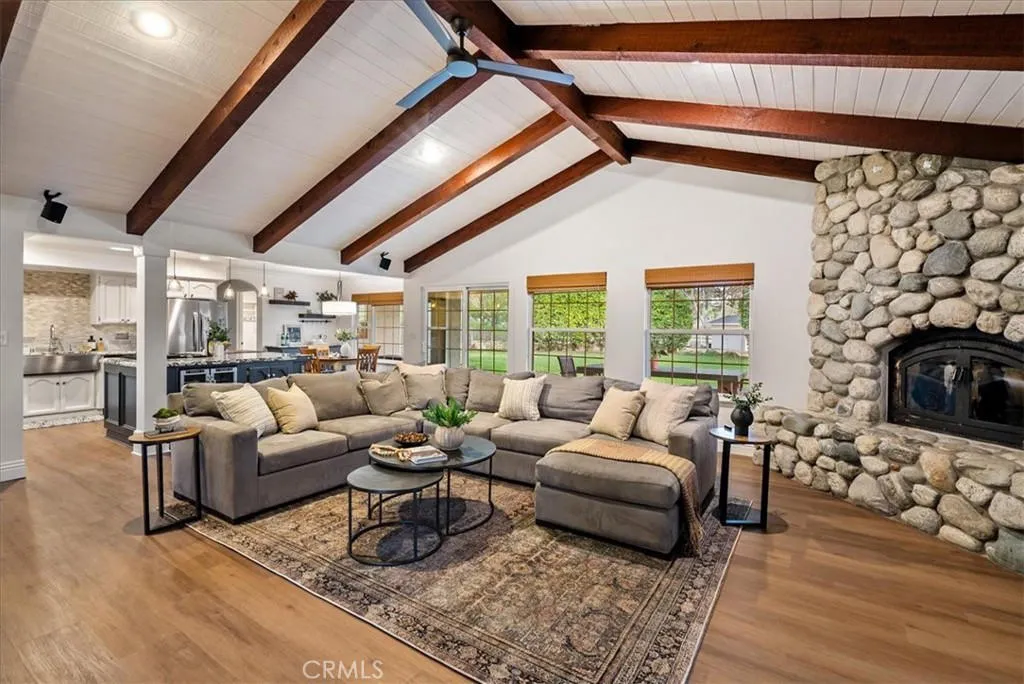Not all panic attacks are noticeable. Some people experience “silent” panic attacks, which conceal the overt signs of this disturbing event. Silent panic attacks may be less apparent, but they are just as distressing as a typical panic attack.
What Happens During a Silent Panic Attack?
A panic attack features sudden and unexpected feelings of terror that can strike without warning. Panic attacks share similar symptoms with a heart attack, such as heart palpitations, chest pain, dizziness, nausea, and shortness of breath.
A silent panic attack has all the same terrifying features as a regular panic attack. What makes it silent is that there are no external signs, so people around you are not aware of it. Silent panic attacks may occur in any setting, even when you are alone at home.
When is it Panic Disorder?
When someone experiences recurrent panic attacks that are not associated with any specific triggering event, it is called panic disorder. The main feature of panic disorder, besides multiple panic attacks, is the fear and anticipation of having another one. This becomes such a debilitating fear that the person becomes isolated in hopes of avoiding a future panic attack.
A panic attack, whether silent or typical, may be an is olated event or very rare occurrence. However, you’ll know panic disorder has developed when frequent panic attacks result in isolation and impairment in functioning.
Panic disorder impacts 2.7% of U.S. adults, and affects about twice as many women than men. Lifetime occurrence of a panic attack is estimated at 4.7%
Symptoms of Silent Panic Attacks
The symptoms of a silent panic attack are very similar to a typical panic attack. It basically feels like a tsunami of fear has come upon you. These symptoms include:
- Rapid heartbeat
- Derealization
- Detachment
- Feelings of doom
- Internal shaking or trembling
- Queasy stomach
- Sweating
- Headache
- Hot flashes
- Chest pain
What makes a silent panic attack different is that instead of showing overt signs of distress, like hyperventilating or crying, you show nothing. You may seem to be completely calm on the outside, even though you are experiencing sheer turmoil on the inside.
What Causes Silent Panic Attacks?
Panic disorder is one of the types of anxiety on the anxiety spectrum, but the causes of panic attacks and panic disorder are still unknown. However, some factors have been identified that increase the risk of panic attacks, such as:
- Family history. If a close relative, such as a parent or sibling, has panic disorder, there is a higher risk of developing the disorder. The panic response may be an inherited trait that stems from not being able to process and manage fear.
- Childhood Trauma. There is evidence that exposure to trauma in childhood may increase the risk of panic disorder in adulthood.
- Brain chemistry. Some evidence suggests that a panic attack is due to an imbalance in the stress hormones cortisol and GABA.
- Hypervigilence. When the symptoms emerge, such as the racing heart and chest pain, the person becomes very afraid of what is happening. This can cause an abnormal fight or flight response.
What to Do When a Silent Panic Attack Occurs
When you recognize the signs of an impending panic attack, there are some helpful actions to take. These include:
- Deep breathing. Deep breathing, or focused breath work, is a quick stress reducer. Deep breathing slows the heart rate, lowers blood pressure, and reduces body tension.
- Remind yourself: this too shall pass. If a silent panic attack occurs, remind yourself that you will not die and that it will soon pass.
- Access coping tools. Distract yourself with soothing music or an activity that makes you feel calm, such singing, drawing, or knitting.
- Body relaxation. Focus on one muscle group at a time, starting with your feet. Tighten and hold then relax the muscle, and then repeat for all major muscles.
- Mindfulness. Mindfulness reduces stress by focusing our thoughts on the present sensations in the moment, instead of being distracted by our worries.
- Get outside. Fresh air and sunshine, even a short walk, can help you feel calmer. Also, grounding techniques, like walking in the grass, dirt, or sand barefoot, or even just standing in the dirt, can also help.
Holistic Methods to Reduce Anxiety and Panic Attacks
Since panic disorder and silent panic attacks are forms of anxiety disorder, it is helpful to manage stress levels. Try adding these activities into your self-care actions to help you avoid slipping back into silent panic attacks:
- Yoga. There are several different yoga forms to try to help reduce stress and calm the mind. Yoga is the practice of connecting mind and body through postures and movements while also concentrating on breathing.
- Guided meditation. Guided meditation uses imagery and suggestion through audio tracks, leading the individual on a journey to a deeply relaxed state of being. There are apps and YouTube videos available for guided meditation as well.
- Art therapy. Some find that drawing, sketching, or painting provides a peaceful and relaxing outlet for expressing feelings.
- Massage therapy. A massage therapist can relieve stress through manipulating soft muscle tissue, which releases toxins and increases blood flow.
- Aromatherapy. Essential oils can offer many health benefits, including relieving stress and anxiety.
- Cardio. Cardio exercise produces serotonin and dopamine as well as releases endorphins, which all help with reducing stress.
- Gardening. Planting and cultivating a garden can be very relaxing. At the same time you are in the sunshine, which produces vitamin D, and that improves overall mood.
Residential Treatment for Panic Disorder
When silent panic attacks do not subside, either with holistic methods or outpatient therapy, you should consider residential treatment. A residential mental health treatment program offers an intensive program to help you overcome panic disorder.
Core treatment activities include:
- One-on-one talk therapy
- Medication
- Group therapy
- Family therapy
- Holistic therapy
- Trauma focused therapy
- Psychosocial education
- Wellness actions
Robles Ranch Mental Health Treatment for Silent Panic Attacks and Panic Disorder
Robles Ranch Mental Health is a primary mental health provider that can help you with your panic disorder. We offer a seamless blend of evidence-based therapies and holistic methods to treat the whole person within a safe and peaceful setting. To learn more about our program, please call us today at (866) 840-3841.
Get Help Now
If you or a loved one is struggling with mental health issues or dual diagnosis disorders and seeking a balanced approach to recovery, our dual diagnosis treatment in Georgia may be the right choice.
Latest Posts

Complex Trauma Residential Treatment

Silent Panic Attack





